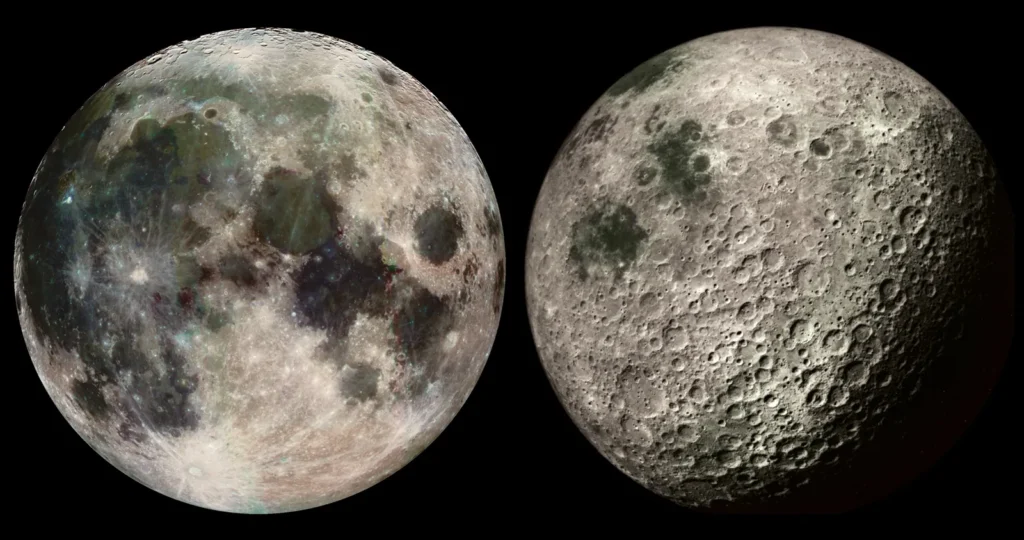Introduction
In the vast expanse of the cosmos, humanity’s quest to explore the unknown has never been more fervent. Recent years have witnessed remarkable advancements in space exploration, fueled by a combination of scientific curiosity, technological innovation, and the collective ambition of nations and private enterprises. In this article, we embark on a journey to explore the next frontiers of space exploration, from lunar missions to Mars colonization and the search for extraterrestrial life.
Table of Contents

Lunar Exploration
The Moon, Earth’s celestial neighbor, holds a wealth of secrets waiting to be unlocked. NASA’s Artemis program, named after the Greek goddess of the Moon, aims to return humans to the lunar surface by the end of the decade. With plans for sustainable lunar habitats and a gateway orbiting the Moon, Artemis represents a crucial step toward establishing a permanent human presence beyond Earth.
Commercial ventures like SpaceX’s Lunar Starship are also poised to play a pivotal role in lunar exploration. Elon Musk’s ambitious vision involves using Starship as a versatile spacecraft capable of ferrying astronauts, cargo, and even tourists to destinations across the solar system, including the Moon and Mars.
However, the road to lunar exploration is fraught with technological challenges. From designing radiation shielding to developing reliable lunar landers, engineers and scientists face daunting obstacles in their quest to make humanity’s return to the Moon a reality.

Mars Colonization
Mars, the red planet, has long captured the imagination of scientists and dreamers alike. In recent years, plans for Mars colonization have gained momentum, driven by the tantalizing prospect of discovering whether life ever existed beyond Earth.
SpaceX’s Starship stands at the forefront of Mars exploration efforts, with Elon Musk envisioning a future where humans establish a self-sustaining colony on the Martian surface. With its ability to carry large payloads and its potential for rapid reusability, Starship represents a technological leap forward in space travel.
NASA’s Mars missions, including the Perseverance rover and the upcoming Mars Sample Return mission, are also paving the way for human exploration. By studying the Martian terrain, searching for signs of past life, and collecting samples for analysis, these missions provide invaluable insights into the challenges and opportunities of colonizing the red planet.
Yet, the journey to Mars is fraught with peril. Overcoming the harsh conditions of the Martian environment, including its thin atmosphere and extreme temperatures, remains a formidable task for engineers and scientists striving to ensure the safety and success of future manned missions.

Search for Extraterrestrial Life
Beyond our solar system lies a vast and diverse array of exoplanets, each holding the potential to harbor life. The successful launch of the James Webb Space Telescope marks a monumental leap forward in our ability to explore and understand the cosmos. With its advanced technology and unprecedented sensitivity, Webb promises to revolutionize our study of distant exoplanets, galaxies, and other astronomical phenomena.
Its deployment opens a new chapter in space exploration, offering scientists the opportunity to delve deeper into the mysteries of the universe, potentially uncovering insights into the origins of life and the nature of our cosmic environment. Webb’s journey into space heralds a new era of discovery and innovation, inspiring generations to come with its remarkable capabilities and the boundless possibilities it presents for unraveling the secrets of the cosmos.
Meanwhile, closer to home, the search for extraterrestrial life continues on Mars. NASA’s Perseverance rover, equipped with state-of-the-art instruments, is scouring the Martian surface for biosignatures – traces of ancient microbial life preserved in rocks and soil.
In the realm of radio astronomy, organizations like the SETI Institute are listening for potential signals from intelligent civilizations beyond our solar system. By scanning the heavens with radio telescopes, scientists hope to detect technologically advanced societies that may be broadcasting their presence to the cosmos.
However, deciphering the mysteries of the universe is no easy task. From analyzing complex data to developing sophisticated instruments capable of detecting faint signals from distant worlds, researchers face a myriad of challenges in their quest to uncover the secrets of extraterrestrial life.

Conclusion
As we gaze upward into the night sky, we are reminded of the boundless potential that lies beyond our planet. From the Moon to Mars and beyond, humanity’s journey into space is marked by determination, ingenuity, and a shared sense of wonder. While the challenges ahead may be daunting, they are eclipsed by the promise of discovery and the opportunity to expand our horizons as a species.
In the words of Carl Sagan, “Somewhere, something incredible is waiting to be known.” As we venture forth into the cosmos, let us embrace the unknown with courage and curiosity, for the final frontier beckons us onward to new worlds and new possibilities.
References
NASA Artemis Program: https://www.nasa.gov/specials/artemis/
SpaceX Starship: https://www.spacex.com/vehicles/starship/
SETI Institute:https://www.seti.org/
James Webb Space Telescope:https://webb.nasa.gov/
NASA Mars Exploration: https://mars.nasa.gov/
For more articles you can click here, thanks for reading.





